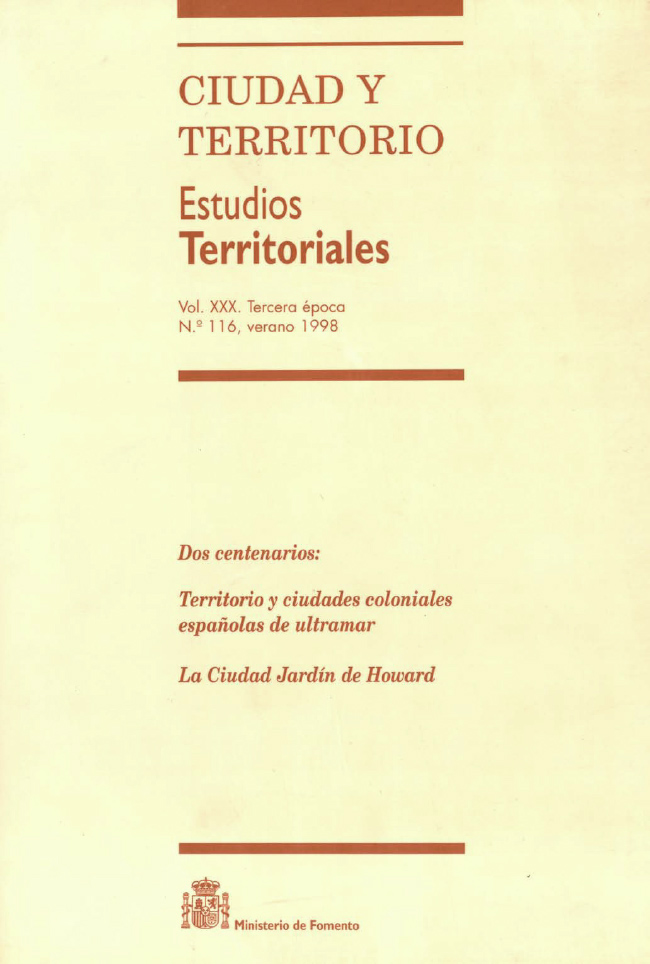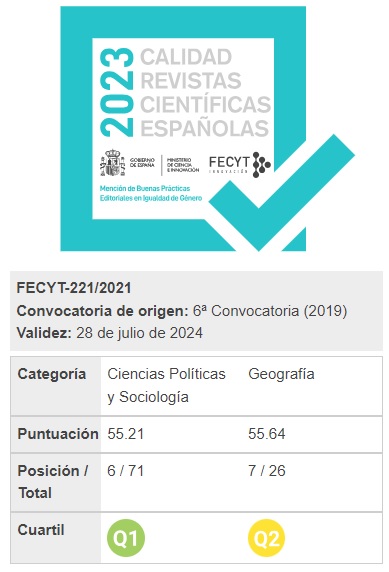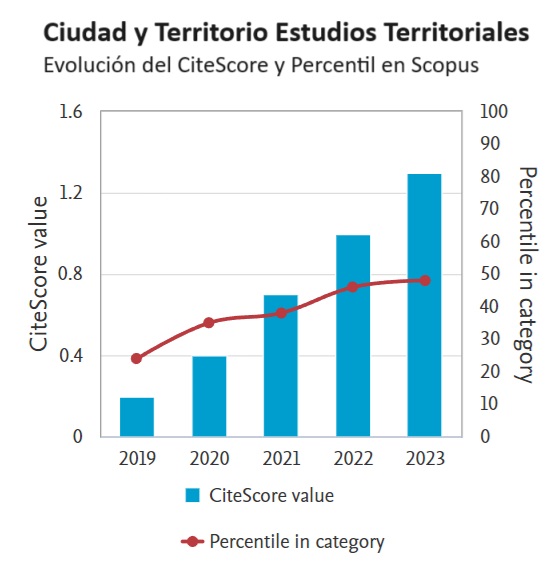Territory and Town Planning in the Philippine Islands in 1898
Keywords:
Territorio, Urbanismo, Islas FilipinasAbstract
The paper tells us that the cities of the Philippine Islands were moulded by four centuries of colonial rule The period from 1565 to 1898 has been definitive in giving these cities their urban structure but more than anything else gave Manila its unarguable predominance in the archipelago's urban pecking order. For the author, these cities founded by the Spanish are in themselves interesting for the dialogue they represent between the models brought over from Spanish America and the modifications on them that the Philippine environment called for. The 19`h C. is here seen, at least for Manila, as being a period of intense modernisation, the subsequent American colonial period being here considered as but a continuing of that which had gone before. The paper concludes by mentioning the post 50s population explosion and the spilling ove r of the cities has given rise to new social and technical problems that, for the moment, have yet to be resolved.
Downloads
Downloads
Published
How to Cite
Issue
Section
License
Copyright (c) 1998 Xavier Huetz de Lemps

This work is licensed under a Creative Commons Attribution-NonCommercial-NoDerivatives 4.0 International License.
Considering the provisions of the current legislation on Intellectual Property, and in accordance with them, all authors publishing in CyTET give -in a non-exclusive way and without time limit- to the Ministry of Transport, Mobility and Urban Agenda the rights to disseminate, reproduce, communicate and distribute in any current or future format, on paper or electronic, the original or derived version of their work under a Creative Commons Attribution-NonCommercial-NoDerivative 4.0 license International (CC BY-NC-ND 4.0), as well as to include or assign to third parties the inclusion of its content in national and international indexes, repositories and databases, with reference and recognition in any case of its authorship.
In addition, when sending the work, the author(s) declares that it is an original work in which the sources that have been used are recognized, committing to respect the scientific evidence, to no longer modify the original data and to verify or refute its hypothesis. Author(s) also declare that the essential content of the work has not been previously published nor will it be published in any other publication while it is under evaluation by CyTET; and that it has not been simultaneously sent to another journal.
Authors must sign a Transfer of Rights Form, which will be sent to them from the CyTET Secretariat once the article is accepted for publication.
With the aim of promoting the dissemination of knowledge, CyTET joins the Open Journal Access (OA) movement and delivers all of its content to various national and international indexes, repositories and databases under this protocol; therefore, the submission of a work to be published in the journal presupposes the explicit acceptance by the author of this distribution method.
Authors are encouraged to reproduce and host their work published in CyTET in institutional repositories, web pages, etc. with the intention of contributing to the improvement of the transfer of knowledge and the citation of said works.








 Enlace a CyTET en Linkedin
Enlace a CyTET en Linkedin